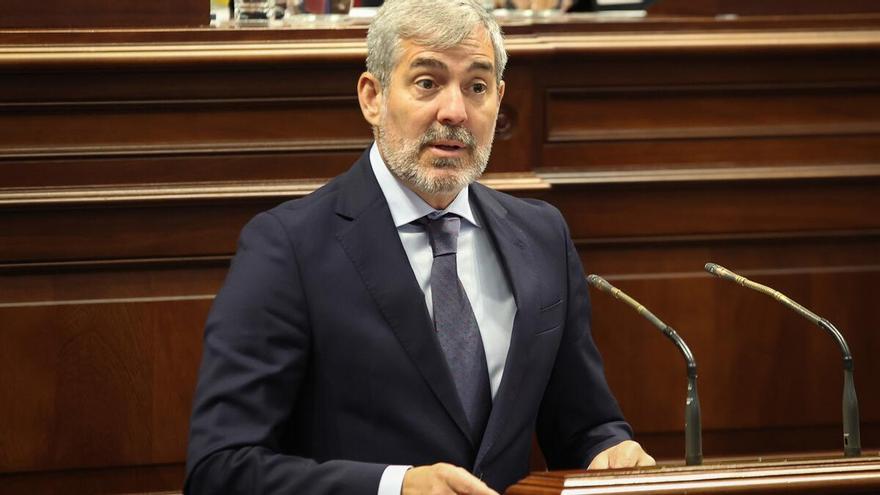
The president of Canary Islands, Fernando Clavijohas asked this Tuesday to recover the educational infrastructure plan in the next General State Budgetswhich in the past amounted to up to 42 million euros that were used to plan infrastructure.
In a statement, and after a visit to the new IES Parque La Reina, in AronaClavijo has denounced that this plan “was lost in 2018 with the entry of the current state government.”
Regarding the new institute, the largest in the Canary Islands, the Canarian president said that “it responds to a historic demand from the south of the island that was demanded from the Government seven years ago and that it has state-of-the-art equipment.”
With an investment of almost 7.9 million euros and a constructed area of 9,362 square metersthe IES Parque La Reina “responds to the great population growth.”
He Minister of Education of the Government of the Canary IslandsPoli Suárez has stated that they will continue to implement measures to improve, “as a whole”, the educational infrastructure of the Canary Islands.
“Equipment like this contributes to improving education on the islands and to the commitment to equity that this Government defends,” he stated.
Suárez has also pointed out that the Executive will take into account the name change that the School Council will transfer at the next meeting to change it to IES Montaña de Guaza, “with which they want to maintain that tradition and those roots that this center has with its municipality.” .
The visit was also attended by president of the Cabildo of TenerifeRosa Dávila, and the mayor of Arona, Fátima Lemes.
Regarding the center, the regional Executive has indicated that It has capacity for 800 schoolchildrenalthough in this 2023/2024 academic year there are 740 enrolled.
It is a three-story building, with a semi-basement that serves as parking and has access straight on the street.
It also has an assembly hall and covered pavilion, all with toilets and direct access from the outside, so they can be used during after-school hours without having to enter the school grounds.
The new institute has 53 classroomsin which students will be able to use computer, music, plastics spaces, library, technology workshop, laboratories, language classroom, administration and common services areas, cafeteria, warehouse, locker rooms for non-teaching staff and bathrooms. supply and cleaning, among others.
You can also use a garden, play areas and green areas that will be landscaped “little by little.”
















